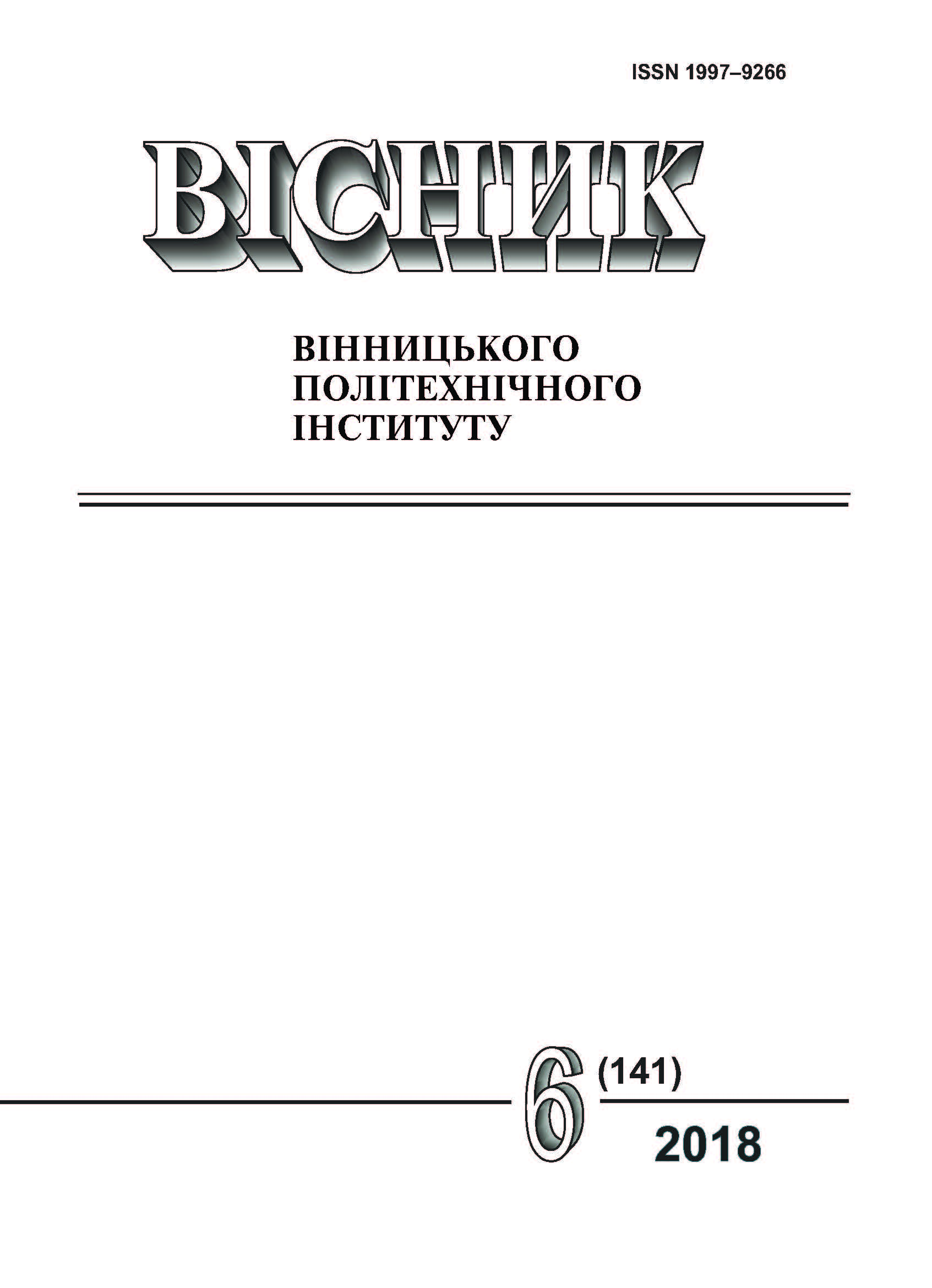Investigation of the Structure of Liquid Glass Thermal Insulation Material Using a Granular Filler
DOI:
https://doi.org/10.31649/1997-9266-2018-141-6-24-28Keywords:
liquid glass, blowing agent, granular filler, foaming, curing, cross pore diameter, pore shape coefficient, degree of structural heterogeneityAbstract
Thermal insulation materials are among the most effective building materials, which can significantly reduce the consumption of materials and the cost of constructions. The purpose of thermal insulation is to limit the amount of heat transferred. Any fencing offers some resistance to heat transfer. However, to achieve significant thermal resistance, it is necessary either to make fencing of a large thickness, which is not economically feasible, or to use heat-insulating materials that can significantly reduce the thickness of the fencing.
Recently, the tendency of replacing organic construction foams with inorganic ones - based on liquid glass - has become increasingly common in the world. Heat insulating materials based on liquid glass have low density and thermal conductivity, high porosity, the effective temperature range of their operation is from -20 °C to +600 °C, they are non-combustible, resistant to acids and their vapors, do not emit toxic substances, are not affected fungi and microorganisms, have an unlimited lifetime, which gives these materials advantages over combustible and toxic organic polymers, which, moreover, have a very limited lifetime.
The foam properties are determined by its structural parameters, which, in turn, depend on the composition of the composition and the technology of the foaming process.
In this paper there has been investigated the structure of block thermal insulation materials made on the basis liquid glass binding and granular filler, also made on the basis of liquid glass obtained by cold foaming using various blowing agents. There has been studied the effect of blowing agents and different ratio of granular filler to the binder to cross pore diameter, coefficient of shape and degree of heterogeneity structure of the blocks.
When investigating the structure of insulation materials, it was found that the best gas-forming agent is aluminum powder. The samples obtained with its use are characterized by high porosity, which positively affects the thermal insulation characteristics of the material, and rather high strength indicators, which allows the material to be transported without significant damage. The introduction of granular filler into the composition contributes to the formation of a more even and durable structure of the heat-insulating material. Pores of this material are mostly closed, evenly distributed throughout the volume.
References
Н. И. Малявский, и В. В. Зверева, «Кальций-силикатные отвердители жидкого стекла для получения водостойких щелочносиликатных утеплителей,» Интернет-вестник ВолгГАСУ, вып. 2 (38), с. 5, 2015. [Электронный ресурс]. Режим доступа: http://vestnik.vgasu.ru/attachments/5MalyavskiiZvereva-2015_2_38_.pdf .
Е. Ю. Крючкова, и Т. Э. Рымар, «Исследование свойств гранулированного теплоизоляционного материала на основе жидкого стекла и различных наполнителей,» Вісник Національного Технічного Університету «ХПІ», № 30, с. 59-65, 2015.
«Пенопласты жесткие полиуретановые и полиизоциануратные,» Технические условия: СТБ 1338, 2002.
Downloads
-
PDF (Українська)
Downloads: 200
Published
How to Cite
Issue
Section
License
Authors who publish with this journal agree to the following terms:
- Authors retain copyright and grant the journal right of first publication.
- Authors are able to enter into separate, additional contractual arrangements for the non-exclusive distribution of the journal's published version of the work (e.g., post it to an institutional repository or publish it in a book), with an acknowledgment of its initial publication in this journal.
- Authors are permitted and encouraged to post their work online (e.g., in institutional repositories or on their website) prior to and during the submission process, as it can lead to productive exchanges, as well as earlier and greater citation of published work (See The Effect of Open Access).





